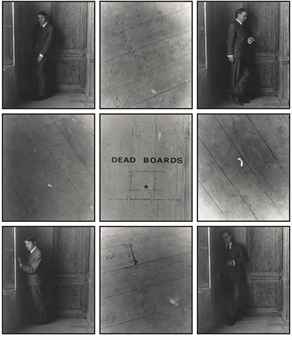 The results of Swann's various owner photographs sale earlier this week were quietly respectable, with the Total Sale Proceeds falling in the middle of the aggregate pre-sale estimate range. With an overall Buy-In rate under 25% and a handful of positive surprises, it was a solid outcome for an early season sale.
The results of Swann's various owner photographs sale earlier this week were quietly respectable, with the Total Sale Proceeds falling in the middle of the aggregate pre-sale estimate range. With an overall Buy-In rate under 25% and a handful of positive surprises, it was a solid outcome for an early season sale.The summary statistics are below (all results include the buyer’s premium):
Total Lots: 138
Pre Sale Low Total Estimate: $926500
Pre Sale High Total Estimate: $1360000
Total Lots Sold: 104
Total Lots Bought In: 34
Buy In %: 24.64%
Total Sale Proceeds: $1006365
Here is the breakdown (using the Low, Mid, and High definitions from the preview post, here):
Low Total Lots: 104
Low Sold: 81
Low Bought In: 23
Buy In %: 22.12%
Total Low Estimate: $650000
Total Low Sold: $575340
Mid Total Lots: 32
Mid Sold: 22
Mid Bought In: 10
Buy In %: 31.25%
Total Mid Estimate: $535000
Total Mid Sold: $353025
High Total Lots: 2
High Sold: 1
High Bought In: 1
Buy In %: 50.00%
Total High Estimate: $175000
Total High Sold: $78000
 The top lot by High estimate was lot 22, Edward Curtis, The North
American Indian, Portfolio #1, 1907, at $70000-100000; it was also the top outcome of the sale at $78000.
The top lot by High estimate was lot 22, Edward Curtis, The North
American Indian, Portfolio #1, 1907, at $70000-100000; it was also the top outcome of the sale at $78000.78.85% of the lots that sold had proceeds in or above the estimate range, and there were a total of 6 surprises in this sale (defined as having proceeds of at least double the high estimate):
Lot 8, (China), Collection of carte-de-viste portraits, 1860s-1870s, estimated at $6000-9000, sold at $60000 (image at right, top, via Swann)
Lot 9, (China), Group of 14 prints, 1875-1876, estimated at $7000-10000, sold at $28800
Lot 11, (Korea), Album, 1899, estimated at $4000-6000, sold at $20400 (image at right, middle, via Swann)
Lot 29, (Crime), Warden's Book, 1917, estimated at $4000-6000, sold at $13200
Lot 77, Eugene Smith, Walk to Paradise Garden, 1946/1972, estimated at $4000-6000, sold at $16800
Lot 124, Elliot Erwitt, Versailles, 1975/1990s, estimated at $2500-3500, sold at $7200
Complete lot by lot results can be found linked from here.
Swann Galleries
104 East 25th Street
New York, NY 10010













